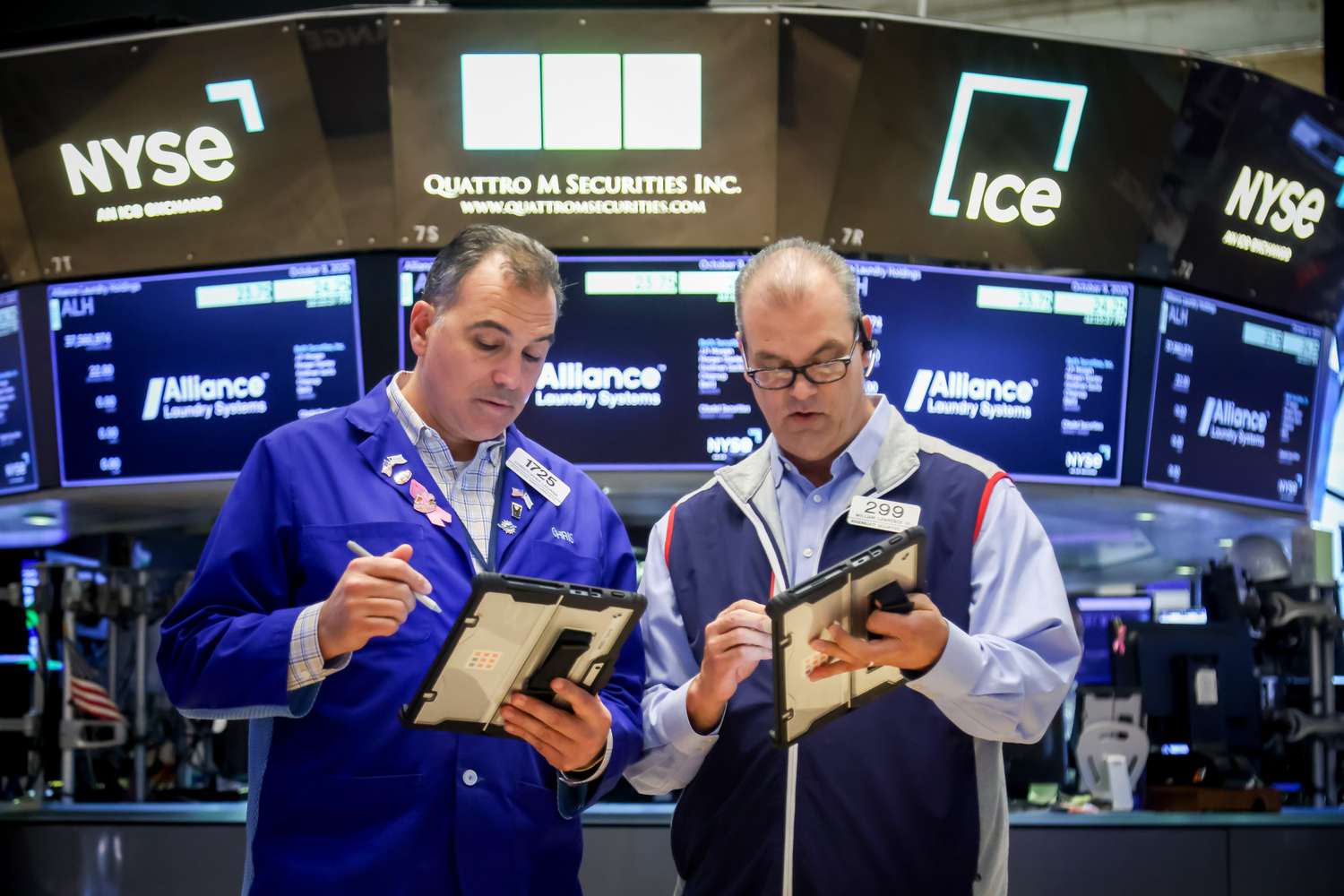Key Takeaways
Fuel cell company Bloom Energy is among the latest stocks to pop on AI-fueled optimism, rising more than 20% Monday morning on news of a deal with Brookfield.How long can the optimism last? Someone’s bearish prediction may well prove correct—and yet there are gains to be had in the meantime, a challenging proposition for any investor.
While investors try to work out whether we’re in an “AI bubble”—and how much time there might be before it pops—there are still hot trades to be had.
The latest: Shares of Bloom Energy (BE) were up more than 20% Monday morning on the news that asset manager Brookfield (BAM) would spend $5 billion deploying the fuel cell company’s technology in AI factories. A press release didn’t offer too many details, but cited global opportunities and “a site in Europe that will be announced before the end of the year.”
Today’s pop marks another step higher for Bloom, which has climbed steadily and substantially in 2025. The stock recently was at $107, up from around $22 at the end of last year, as investors have sought to buy into AI up and down the food chain.
Why This Matters to Investors
There are plenty of reasons to wonder how much energy there might be in the AI trade, or even U.S. stocks broadly, and Friday’s move lower on trade concerns illustrated how jumpy some investors may presently be. But moves like Monday’s pop in shares of Bloom Energy show that it’s hard to predict just when the party might end.
It’s also a fresh example of how there’s still appetite for action even as questions remain about how much longer enthusiasm for AI spending can sustain strength in stocks amid a range of sources of worry. This morning alone, it was easy to find newsletters from financial media and research sources asking just how much longer the party could continue.
One recurring theme in recent days was the notion that, sure, things look hot, but that doesn’t mean impending doom—or, at least, not at any time that can be predicted with confidence.
“While the GenAI boom echoes the dot-com era, it differs in key ways,” reads a Monday report from BCA Research. “Valuations are elevated but not extreme, and the rally is still underpinned by solid earnings growth. With few warning signs flashing red, the bull market likely has further to run, though a period of consolidation is overdue.”
Someone’s bearish prediction may well prove correct—and yet there are gains to be had in the meantime, a challenging proposition for any investor.
“Even if a bull market is nearing its demise, you often can’t predict to the day when prices will turn,” Ritholtz Wealth Management Chief Strategist Callie Cox wrote in a Monday email. “In the last 12 months of every bull since 1932, the S&P 500 has climbed an average of 30%. People lose touch with reality and throw money into corners of the market you wouldn’t believe—and yet, Wall Street plays along longer than you can imagine.”

